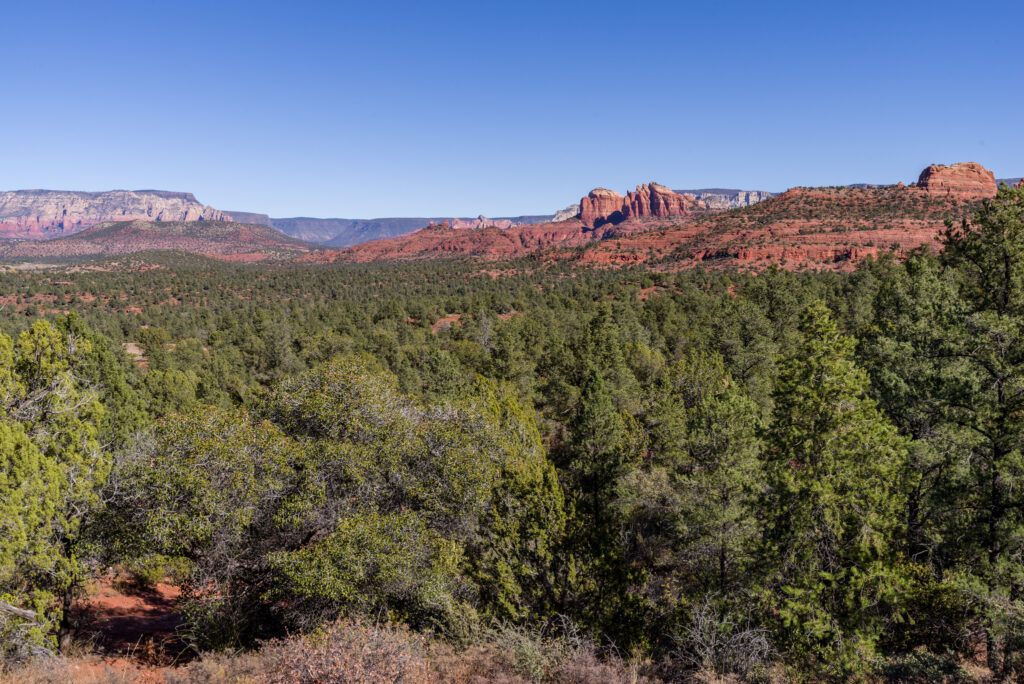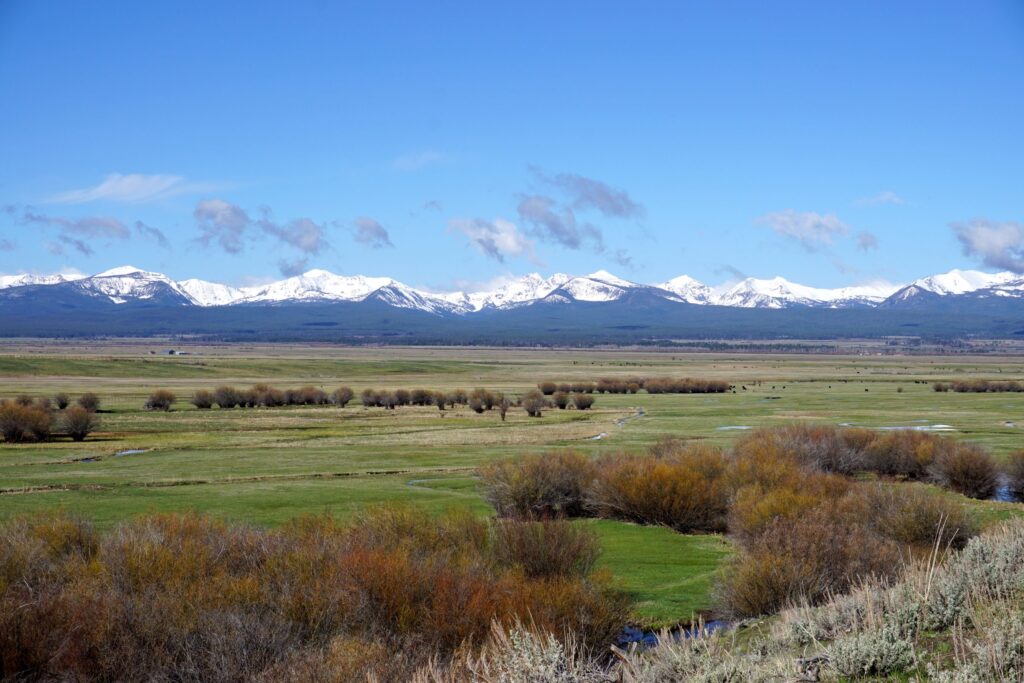As climate change increasingly shapes western ecosystems—with events from frequent and severe wildfires to enduring droughts—managers need evidence-based approaches they can rely on to strengthen ecosystem climate resilience into the future.
Pinyon-juniper woodlands are ubiquitous across the Intermountain West and important to many–from Tribal Nations and recreationists to pinyon jays and mule deer. However, concern has arisen among researchers and managers about their vulnerability to a warming and drying climate. Managers have indicated that they often lack the information needed to guide climate-smart management in woodland ecosystems. Although substantial conservation efforts address threats to other dry forests in the West, relatively little conservation effort has focused on climate resilience of persistent woodlands.
The Intermountain West Joint Venture partnered with the Bureau of Land Management and the U.S. Fish and Wildlife Service to develop a new report titled “Improving Climate Resilience of Persistent Pinyon-Juniper Woodlands.” This report highlights recent science on primary threats to persistent woodlands, identifies the role of changing climate, and highlights new efforts and approaches to develop management strategies focusing on building pinyon-juniper woodland health and climate resilience.

Citations & Resources
Learn more by checking out some key resources cited in this report. Reach out to Science to Implementation Specialist (mariah.mcintosh@iwjv.org) for help accessing these resources.
- Historical and Modern Disturbance Regimes, Stand Structures, and Landscape Dynamics in Piñon–Juniper Vegetation of the Western United States (Romme et al. 2009).
- The ecology, history, ecohydrology, and management of pinyon and juniper woodlands in the Great Basin and Northern Colorado Plateau of the western United States (Miller et al. 2019).
- Dry forest decline is driven by both declining recruitment and increasing mortality in response to warm, dry conditions (Shriver et al. 2022).
- Fine-scale stand structure mediates drought-induced tree mortality in pinyon–juniper woodlands (Flake and Weisberg 2018).
- Fire and restoration of piñon–juniper woodlands in the western United States: a review (Baker and Shinneman 2004).
- Managing for ecological resilience of pinyon–juniper ecosystems during an era of woodland contraction (Redmond et al. 2023).


